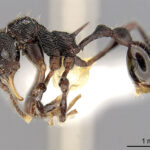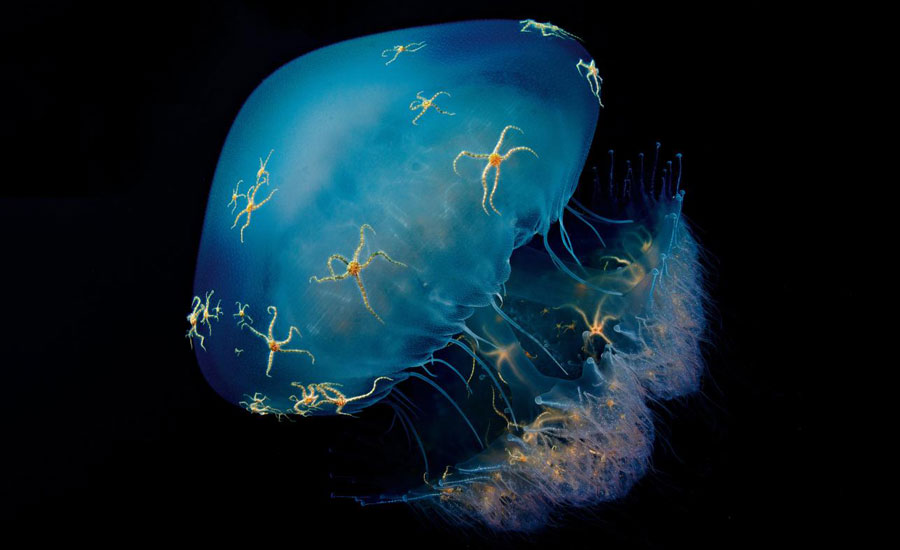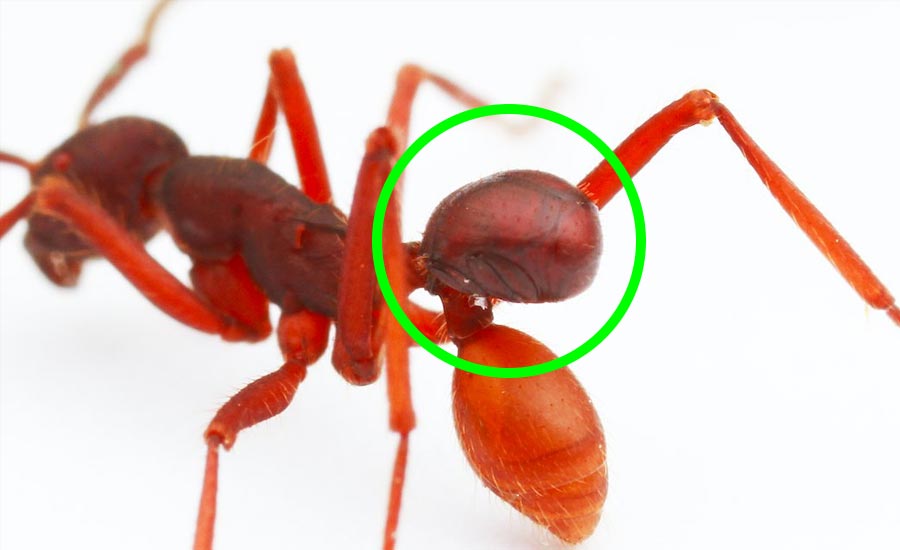Fish chorus?
Our aquariums feel silent doesn’t mean fishes can’t product sounds. Only thing is, they make sounds that are not audible to human ears. Think of oceans, seems like a quiet place, but filled with lots of noises. Researchers from Exeter University and Curtin University, in Perth, Australia identified distinct choruses over an 18-month period, says a research article published in Bioacoustics.[1]
Fishes can produce lots of calls. Some fish use their swim bladder to produce noises, releasing air through their mouths, while others use their teeth to make clicking sounds. These calls can be signals for location announcement, territorial disputes or mating calls. Nocturnal predatory fishes use calls to stay together to hunt, while fish that are active during the day use sound to defend their territory. When the same calls are repeated over and over by many fishes, they overlap to form a chorus. According to the current research, they have observed seven different types of fish choruses. They also found evidences for certain species to sing together in a chorus, each day at dawn and dusk, like birds.
How did they record the sounds?
Researchers recorded fish sounds in the coastal waters off Port Headland in Western Australia using two hydrophones places in water. First one was positioned near the Port Headland shore and the second 21.5 kilometres away in offshore waters. Noises from these hydrophones were recorded for 18 months and were analysed using a software called MatLab.
You may be interested in Stingrays can chew their food, like mammals and A fish that walks on its legs
What did they record?
Lots of sounds were recorded, and many sources were identified. They include vessel and machinery noise, humpback whale song; and a plethora of fish sounds. Seven types of fish chorus were detected, usually occurring between early spring and late summer. Distinct diurnal patterns in the choruses were observed, associated with sunrise or sunset and in some cases, both.
Watch the video to hear the recorded chorus.
Types of fish choruses
Type I calls, displayed similarities with choruses from fish of the Terapontidae family. The amplitude modulation, visible in the calls are typical of those formed by consecutive contractions of muscle to vibrate the swim bladder. The spectral frequency and pulse repetition rate imply a small fish. [Buzzer like sound in video]
Type II fish chorus was also recorded at the offshore site at the beginning of summer, and then at the inshore site later in the season. If both choruses originated from the same fish, this suggests a migratory pattern that involves offshore movement and an inshore return.
Type III fish chorus have been attributed to nocturnal planktivorous fish, believed to be from the Holocentridae, Priacanthidae and Apogonidae families.
Type IV calls comprises calls made up of individual twitches of a swim bladder or trains of twitches that are separated such that the call is audible as a series of knocks. These calls are often associated with functions such as feeding or spawning, the actual function is yet to be determined.
Type V fish chorus was occasionally apparent throughout the day, but most prominent between hours of sunset and sunrise. The possible species for this chorus is yet to be defined.
Type VI and Type VII calls: A source species or family for these choruses is not suggested. Further studies are needed for explaining these sounds.









Surprisingly individual friendly website. Enormous details readily available on couple of clicks